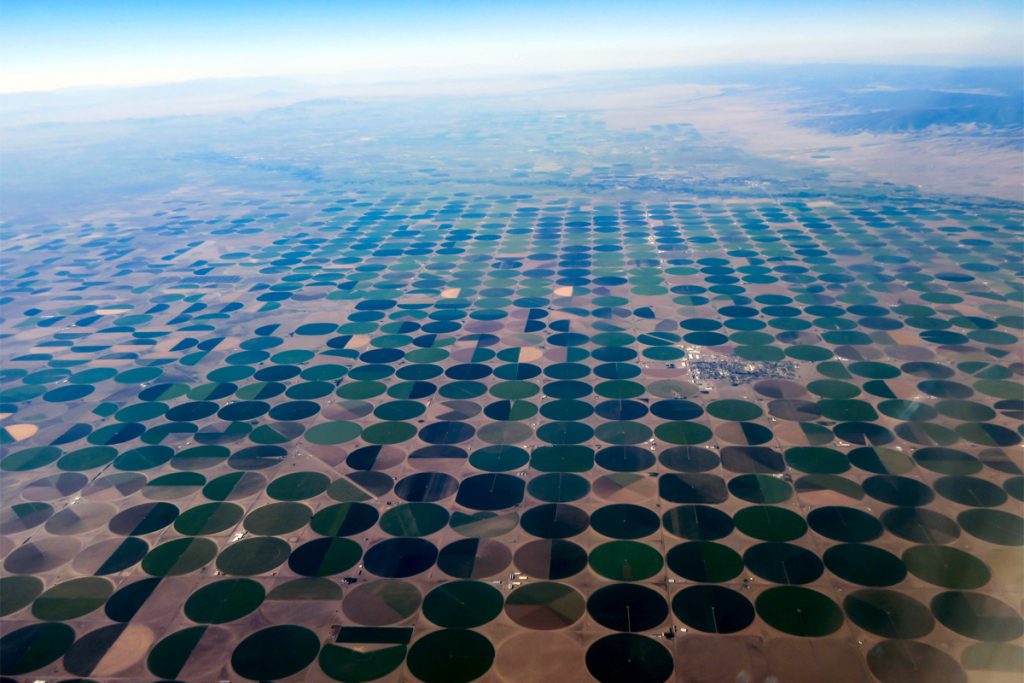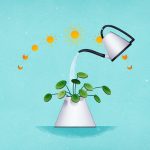Are you weighing the pros and cons of rainwater versus groundwater for your farm? The decision you make can significantly impact your crops, your budget, and ultimately, your livelihood.
With droughts becoming more frequent and water resources increasingly scarce, choosing the right water source is more crucial than ever. Imagine having a reliable, cost-effective water supply that boosts crop yields and improves soil health. Sounds appealing, right? We’ll dive into the benefits and drawbacks of rainwater and groundwater, helping you make an informed choice that aligns with your farming goals.
Discover how optimizing your water source can transform your farming experience and lead to sustainable success. Keep reading to unlock the secrets of water management that can elevate your farm’s productivity and resilience.
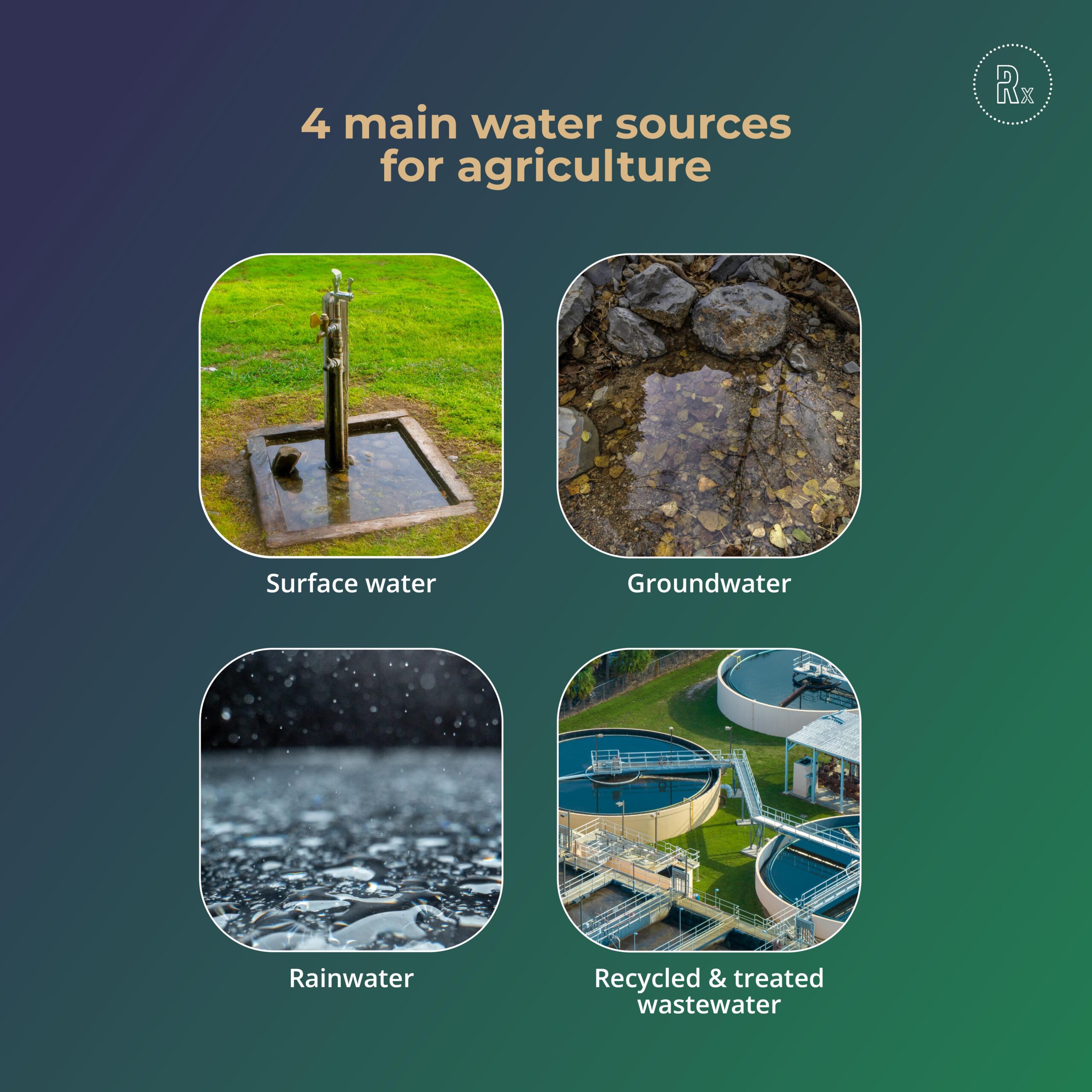
Water Sources For Agriculture
Choosing between rainwater and groundwater for farming depends on location and needs. Rainwater is sustainable and free. Groundwater offers reliability but requires proper management to prevent depletion. Balancing both sources can optimize farm productivity.
Water is the lifeblood of agriculture, essential for the growth and yield of crops. Farmers have two primary sources to tap into: rainwater and groundwater. Choosing the right one can significantly impact the health of your farm and its productivity. Understanding the benefits and challenges of each can guide you to make informed decisions that best suit your farming needs.Rainwater Harvesting
Rainwater is a free and renewable resource. Collecting and storing rainwater can help reduce your dependence on other water sources. This approach is especially useful in areas with high rainfall. Using rainwater can also lower your farm’s operating costs. It provides a clean water source without the expense of extraction or purification. However, inconsistent rainfall can pose challenges, requiring effective storage solutions.Groundwater Utilization
Groundwater is abundant and often more reliable than rainwater. It’s available year-round, making it a steady resource for irrigation. Wells and boreholes can tap into this resource, ensuring your crops get water even during dry spells. However, over-reliance on groundwater can lead to depletion and quality issues. It’s crucial to monitor usage and maintain the health of aquifers. Employing sustainable practices can help preserve this vital resource for future generations.Environmental Impact Considerations
Rainwater harvesting has a minimal environmental footprint. It captures runoff, reducing soil erosion and mitigating flood risks. Additionally, it enhances water conservation efforts. Groundwater extraction, on the other hand, can affect local ecosystems. Excessive pumping may lower water tables and impact nearby water bodies. Balancing usage with conservation is key to minimizing environmental impact.Cost And Maintenance
Rainwater systems might require an initial investment in tanks and gutters. Maintenance is relatively straightforward, focusing on keeping systems clean and functional. Over time, the savings on water bills can offset these costs. Groundwater systems involve drilling, pumps, and regular maintenance. They might incur higher operational costs, particularly if water quality issues arise. Monitoring systems can help manage these expenses effectively.Making The Right Choice
Consider your farm’s location, climate, and water needs before deciding. Are you in an area with consistent rainfall or one prone to droughts? Evaluate the long-term sustainability of each option. Think about the balance between cost, reliability, and environmental impact. Which source aligns better with your farm’s goals and values? Your choice should support not only your current needs but also future generations. Choosing between rainwater and groundwater involves weighing various factors. Understanding each source’s pros and cons can help you make a decision that benefits your farm in the long run.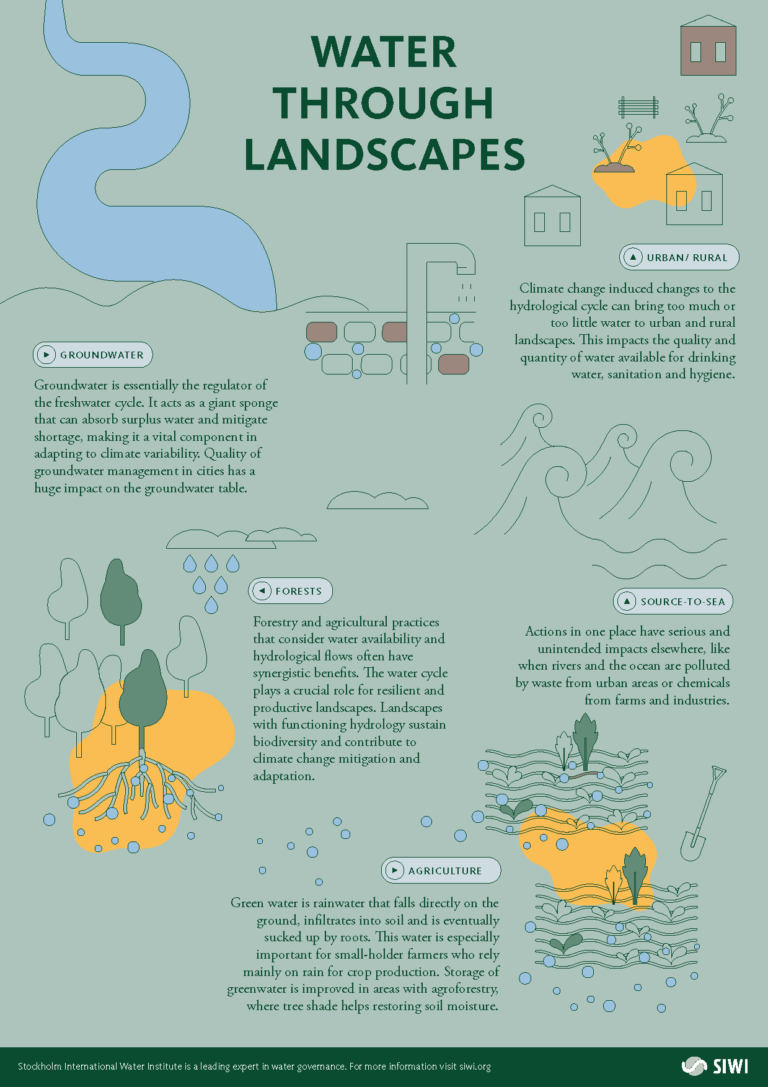
Benefits Of Rainwater Harvesting
Rainwater harvesting offers a sustainable solution for farmers. It is cost-effective and environmentally friendly. Collecting rainwater can significantly reduce water bills. This method utilizes natural resources efficiently. Stored rainwater is free from chemicals. It is often pure and safe for crops. By harnessing rainwater, farms can thrive even during dry spells.
Cost Savings
Rainwater is free. Collecting it minimizes dependency on paid sources. Farmers can cut expenses substantially. This saving enhances profitability over time.
Environmental Impact
Rainwater harvesting reduces soil erosion. It prevents water runoff. This method conserves local ecosystems. It promotes biodiversity and soil health.
Water Quality
Rainwater is generally clean. It lacks industrial pollutants. This purity benefits plant health. It contributes to higher crop yields.
Resilience Against Drought
Stored rainwater ensures water availability. Farms remain productive during dry periods. This resilience supports consistent agricultural output.
Easy Implementation
Setting up a rainwater collection system is simple. It requires minimal technology. Farmers can start small and expand gradually. This accessibility is ideal for all farm sizes.
Challenges Of Groundwater Usage
Choosing between rainwater and groundwater involves considering challenges. Groundwater can be overused, leading to depletion. Quality issues may arise from contaminants. Rainwater, while renewable, requires storage systems and may not suffice in dry spells. Balancing both could optimize water resources for your farm.
Groundwater has long been a reliable source for many farmers, but its usage comes with challenges that can impact your farm’s sustainability. With increasing demands and environmental changes, understanding these challenges is crucial for making informed decisions. Let’s dive into some of the key issues you might face with groundwater usage on your farm.1. depletion Of Aquifers
Groundwater is not infinite. Over-extraction can lead to aquifers running dry, leaving you without a reliable water source. This is especially critical during droughts when surface water is scarce, and everyone turns to groundwater.2. quality Concerns
Groundwater isn’t always pure. It may contain contaminants like nitrates or heavy metals that aren’t visible to the naked eye. Testing is essential to ensure the water quality is safe for crops and livestock.3. increasing Costs
Pumping water from deeper depths can be expensive. As aquifers deplete, wells need to be drilled deeper, increasing both the initial investment and ongoing operational costs. Are you prepared to handle these rising expenses?4. regulatory Restrictions
Governments are beginning to implement stricter controls on groundwater usage. This could mean limited access and additional paperwork for you. Staying informed about local regulations can help you avoid penalties and ensure compliance.5. environmental Impact
Excessive groundwater extraction can lead to land subsidence. This is when the ground sinks due to the removal of water. It can damage infrastructure and reduce land usability. Have you considered how this might affect your farm’s future? Navigating these challenges requires strategic planning and proactive measures. Are you ready to face the reality of groundwater usage on your farm?Integrating Rainwater And Groundwater
Choosing between rainwater and groundwater for farming can be challenging. Rainwater is free and often cleaner, but availability depends on the weather. Groundwater offers a reliable supply, yet it may require treatment. Integrating both can provide flexibility and sustainability for your farm’s water needs.
Integrating rainwater and groundwater in farming can enhance sustainability and boost crop yields. Both sources have unique benefits, and using them together can create a resilient water management system. Understanding how to blend these resources effectively can give your farm the edge it needs.Harvesting Rainwater
Rainwater harvesting is an excellent way to capture and store water during rainy seasons. You can use simple systems like rooftop gutters or more advanced setups like rain barrels. Consider how much rainfall your area receives. This will determine the size of your storage system.Groundwater Utilization
Groundwater is a reliable source that can provide water during dry spells. Wells and boreholes can tap into these reserves, ensuring consistent supply. Be mindful of the depth and quality of your groundwater. Regular testing can help avoid contamination, keeping your crops safe.Creating A Balance
Combining rainwater and groundwater can offer a balanced approach to water management. Use rainwater for immediate needs during rainy periods. Groundwater can be your backup when rains are scarce. This method can reduce pressure on both resources, maintaining their availability.Efficient Storage Solutions
Storing water effectively is crucial for integration. Invest in tanks or reservoirs that can accommodate both rainwater and groundwater. This ensures you have access to water when needed. Consider using technology like sensors to monitor levels and quality.Smart Irrigation Systems
Modern irrigation systems can optimize water use from both sources. Drip or sprinkler systems can distribute water evenly across your farm. You can adjust them to use rainwater or groundwater as needed. This flexibility can save water and improve crop health.Environmental Benefits
Integrating these water sources can positively impact the environment. Rainwater harvesting reduces runoff and erosion. Groundwater use can lower the strain on surface water bodies. Consider how your choices affect the local ecosystem.Cost Efficiency
Using both sources can be cost-effective. Rainwater harvesting systems can save money on water bills. Groundwater can cut costs on irrigation, especially during droughts. Evaluate the initial investment against long-term savings.Your Farm’s Unique Needs
Every farm is different, with specific water requirements. Assess your soil type, crop needs, and climate. This will guide how you integrate rainwater and groundwater. Tailor your approach to suit your farm’s unique conditions. By integrating rainwater and groundwater, you can create a robust system tailored to your farm. How will you adapt these strategies to meet your water needs?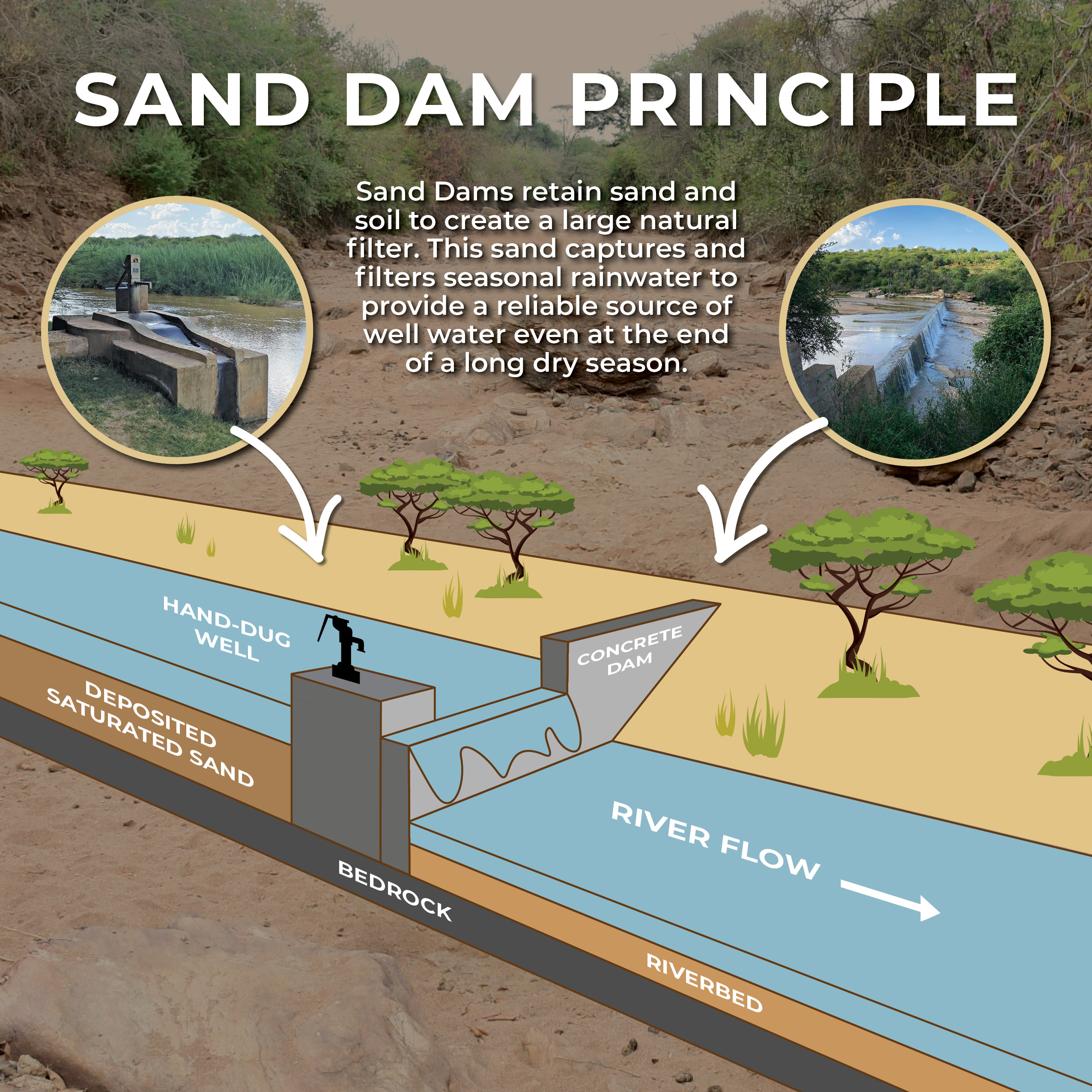
Conclusion
Choosing between rainwater and groundwater depends on your farm’s needs. Rainwater is free and sustainable. It reduces dependency on external water sources. Groundwater is stable and reliable. It provides water during dry spells. Both have their pros and cons. Consider availability, cost, and environmental impact.
Rainwater suits regions with high rainfall. Groundwater is ideal for drier areas. Evaluate soil type and crop requirements too. Make informed decisions for your farm’s future. Your choice can boost productivity and sustainability. Prioritize what works best for your unique situation.
Happy farming!

